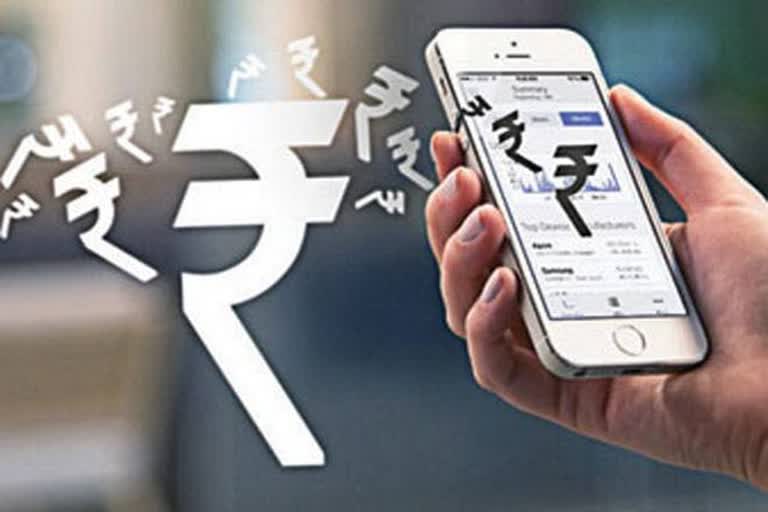New Delhi: After the demonetisation of Rs 500 and Rs 1000 notes in 2016 pushed digital payments, Aadhaar-enabled electronic know your customer (eKYC) resulted in exponential growth of such payments in the country, according to a new report by the Reserve Bank of India.
Transactions in which both the payer and the payee use digital modes to send and receive money are referred to as digital or electronic payments.
India recorded an accelerated growth rate of over 50 per cent in the volume of retail electronic payment transactions in the last four years, said the report titled "Benchmarking India's Payment Systems".
The growth in 2018-19 was largely due to the steep growth in Unified Payments Interface (UPI), it added.
"In India, the smartphone revolution has seen an explosion in digital payment options, from e-Money to the Unified Payments Interface (UPI) to a combination of the two. After demonetisation, the use of e-Money picked up on a very large scale," the findings showed.
The digital landscape changed with higher usage of e-Money, UPI, Aadhaar Payments Bridge System (APBS), RuPay, and Bharat Bill Payment System (BBPS), among others.
Also read:RBI to issue on tap licence guidelines on small finance banks in August
With 3,459 million e-Money transactions, India was only behind Japan and the US (data on China not available) in 2017 with respect to the volume of e-Money transactions, the report said.
